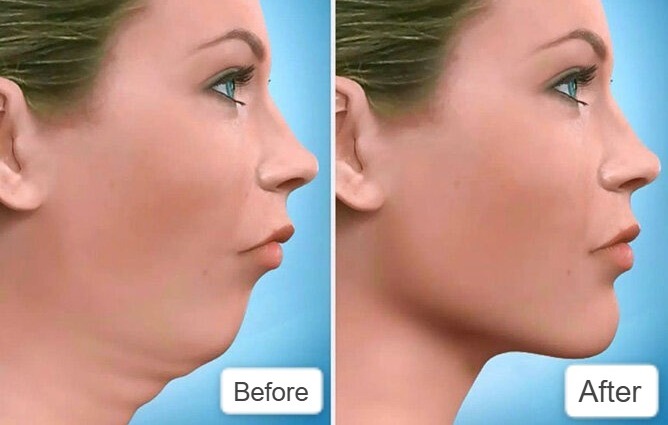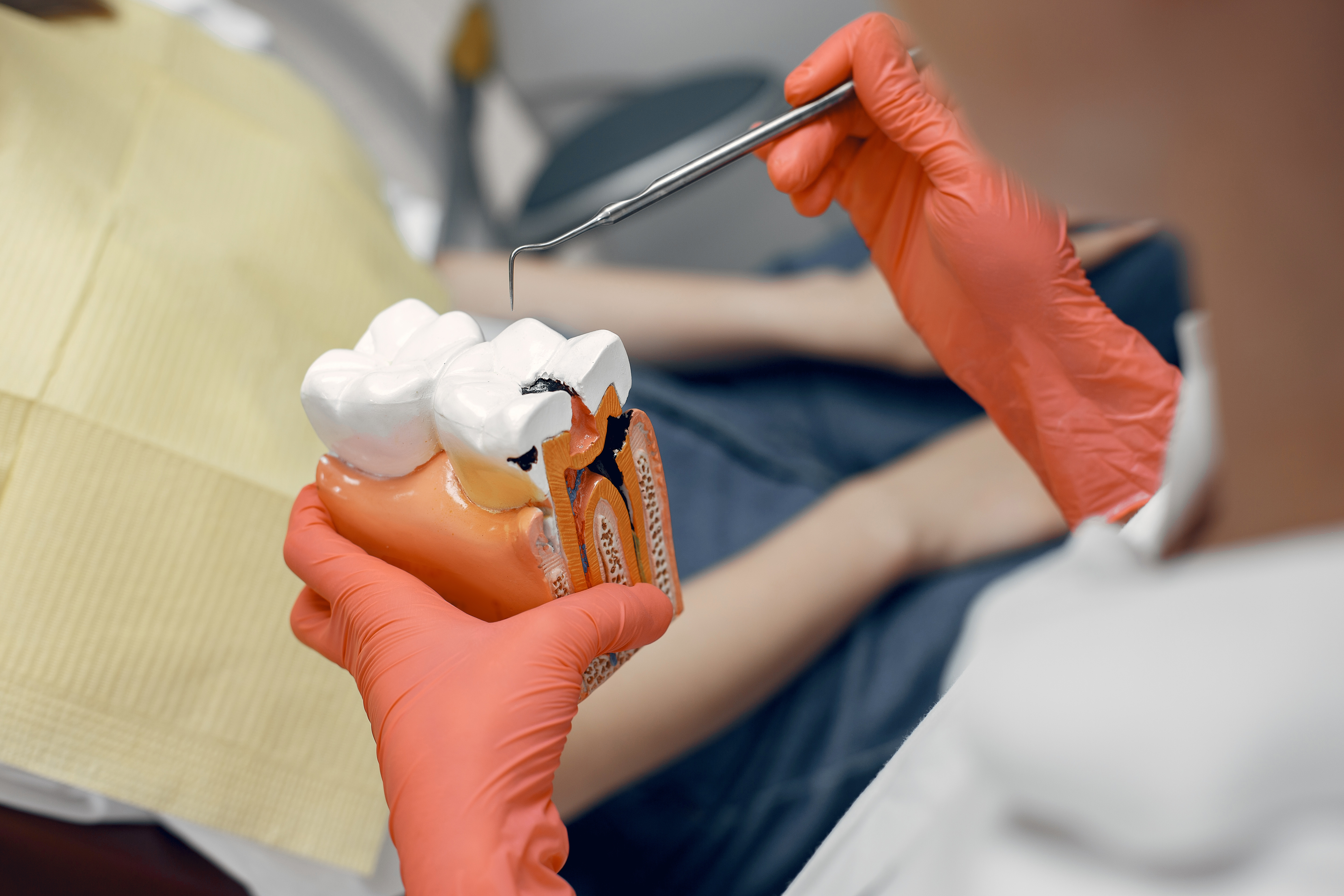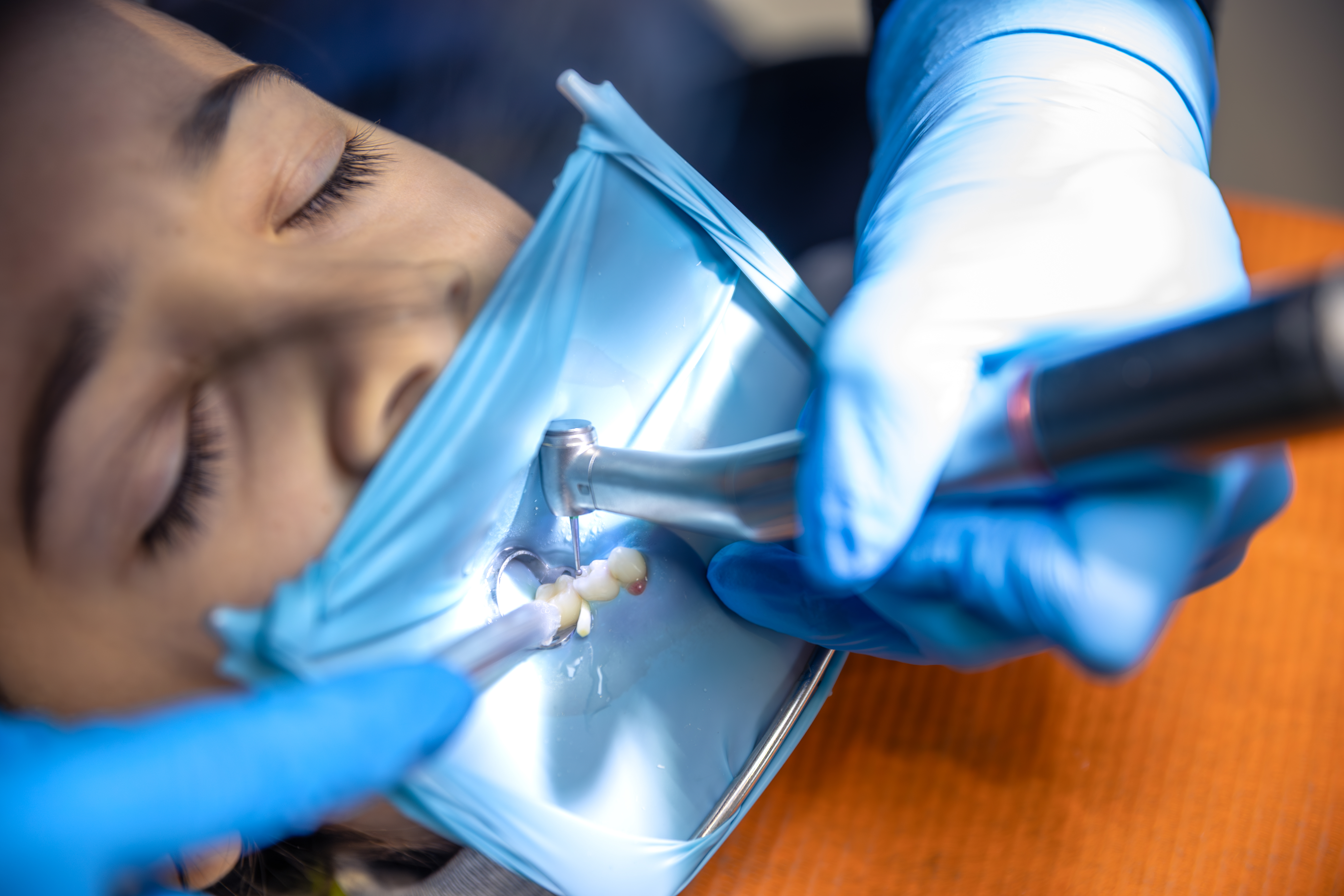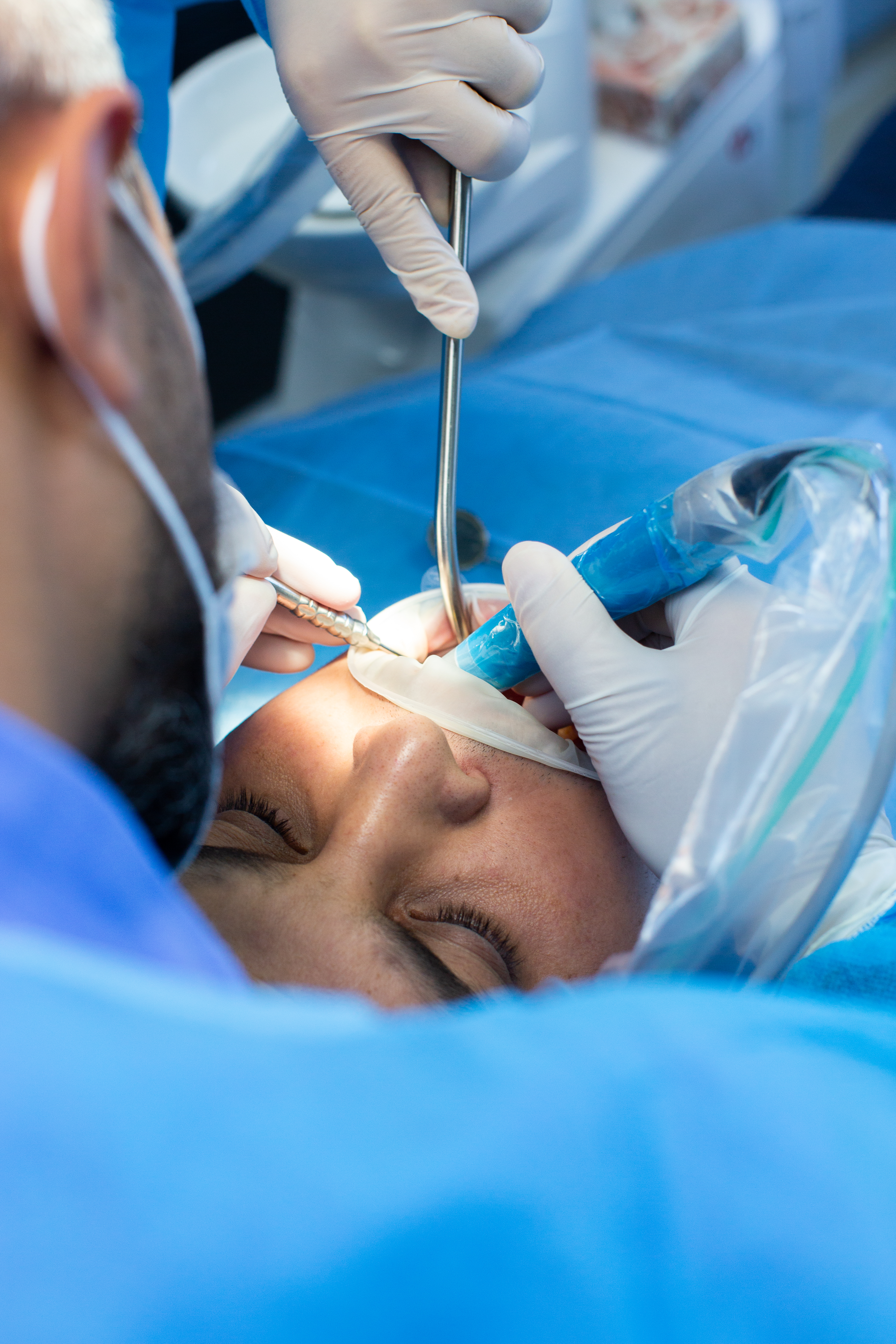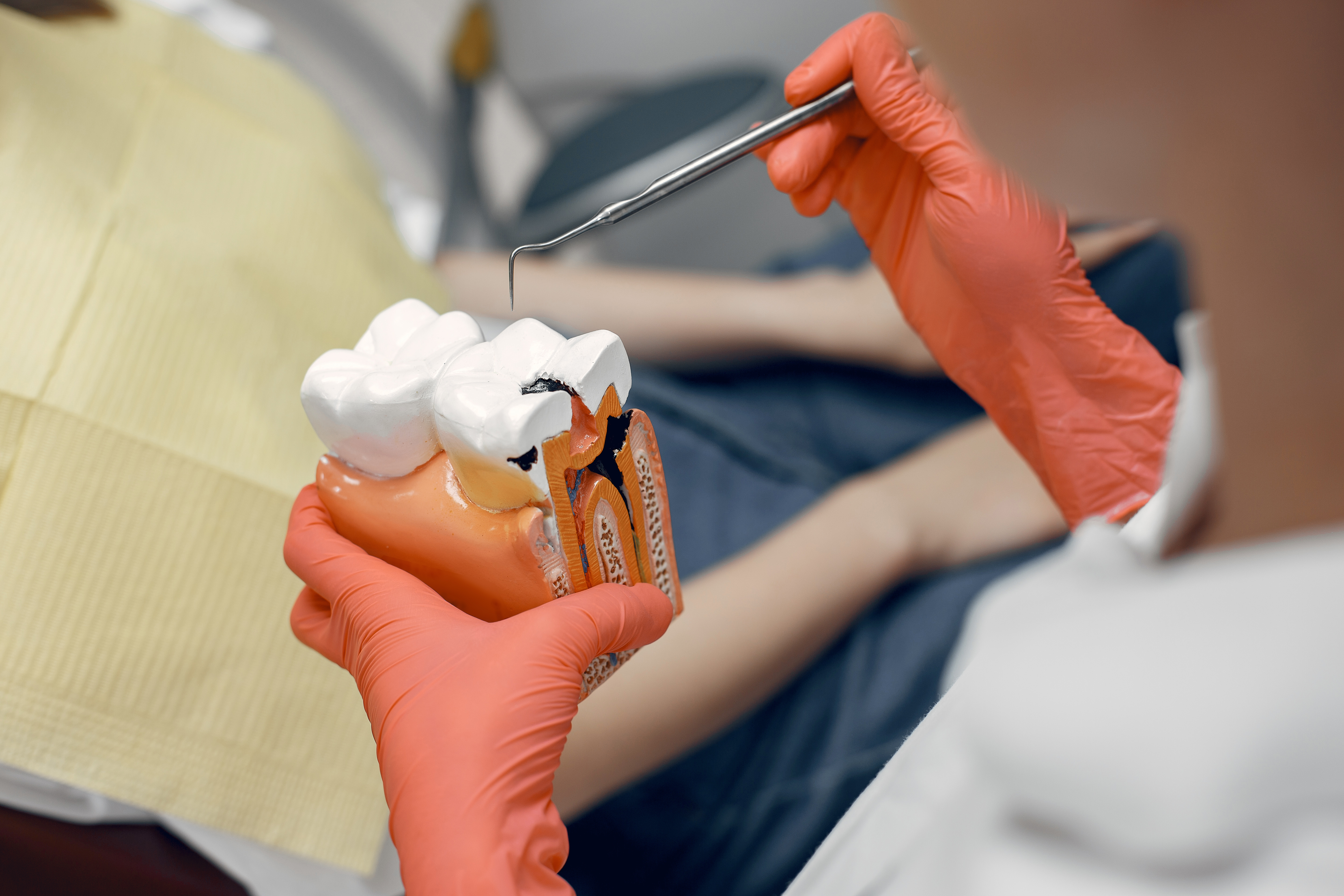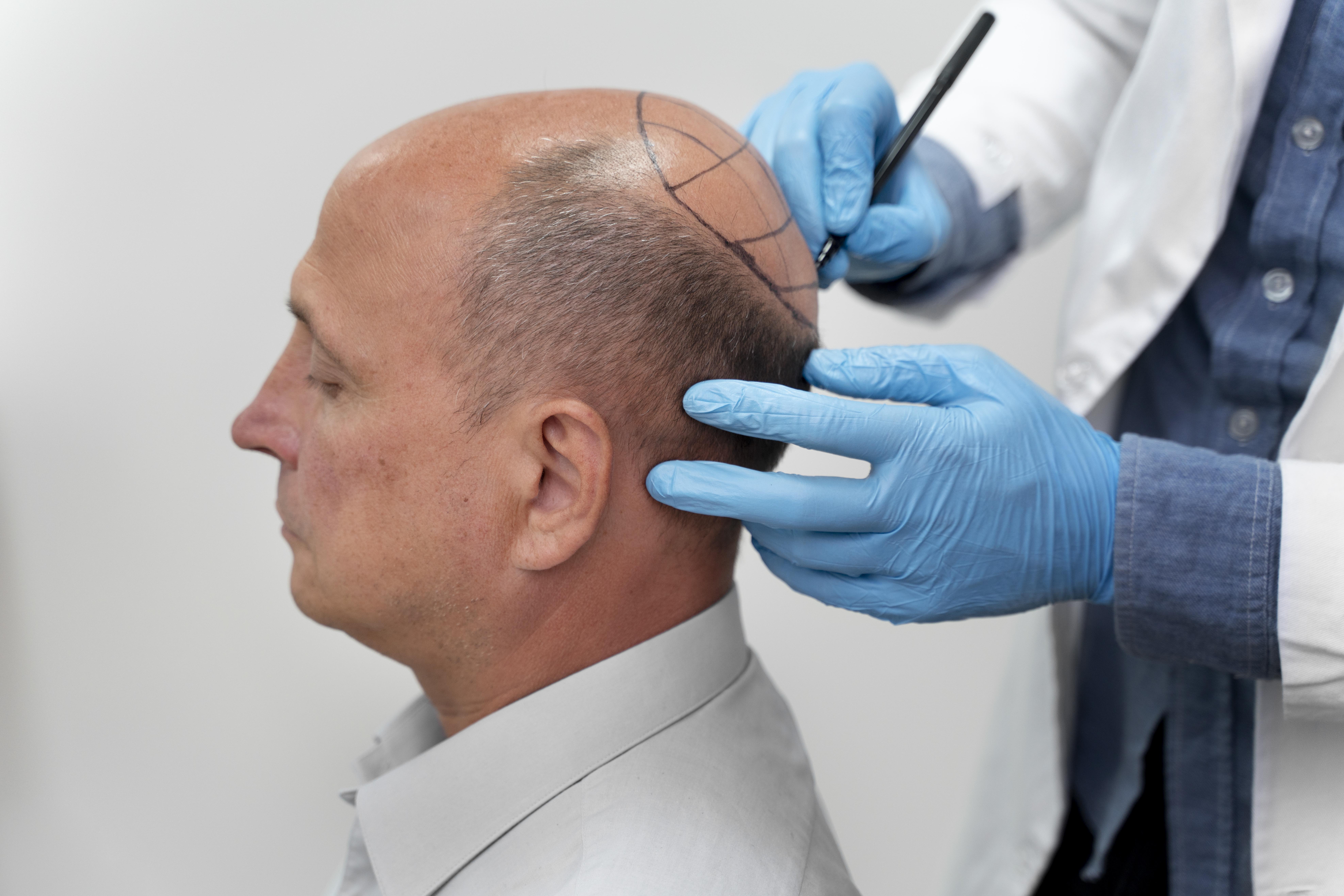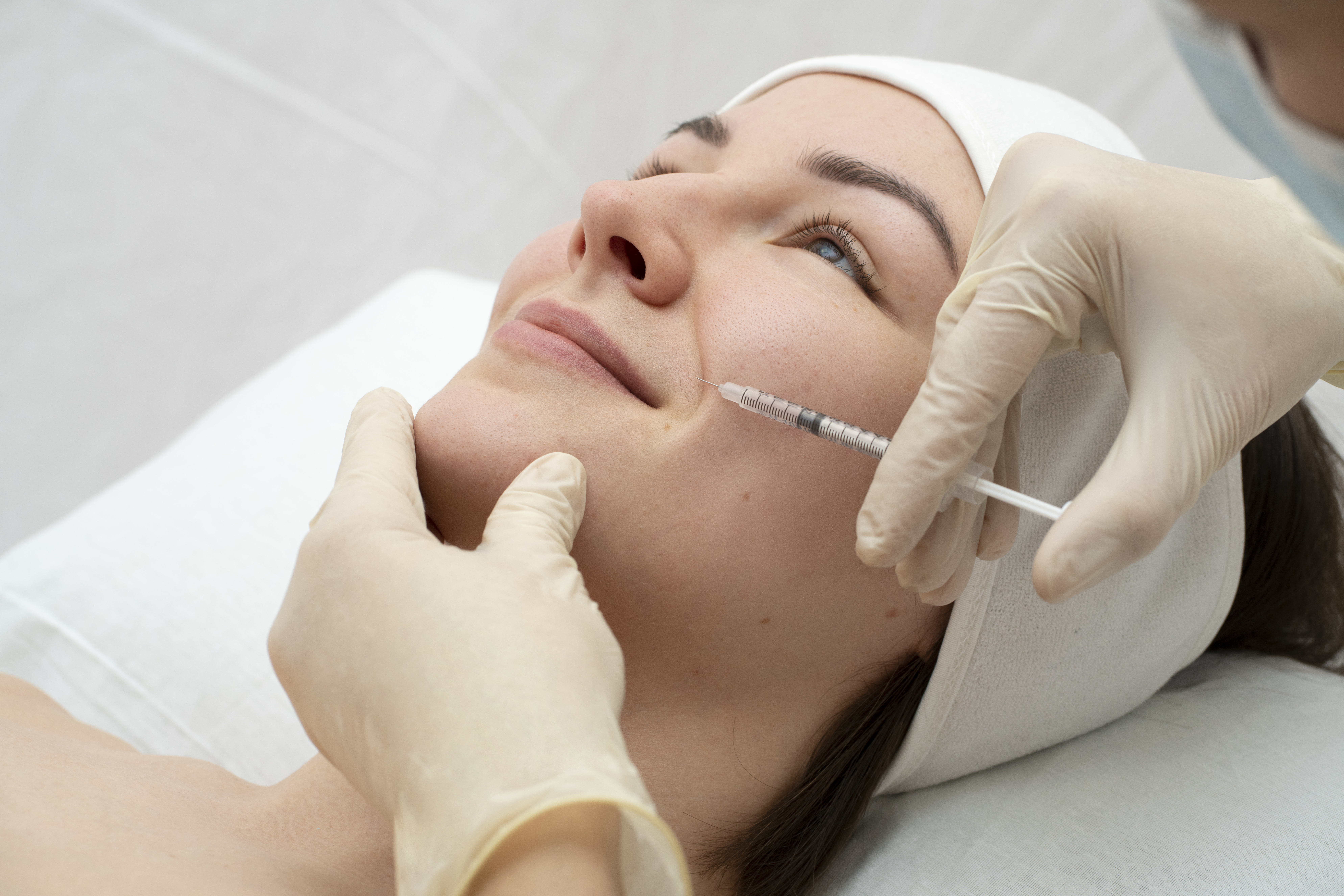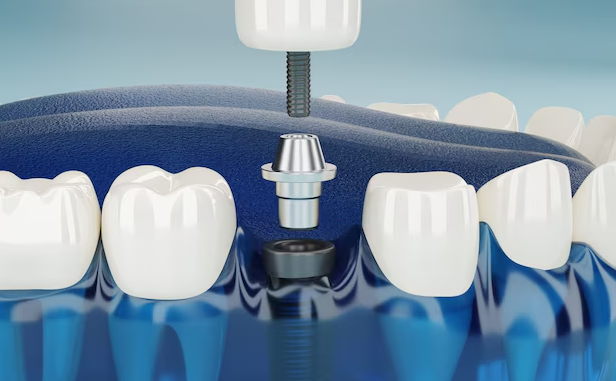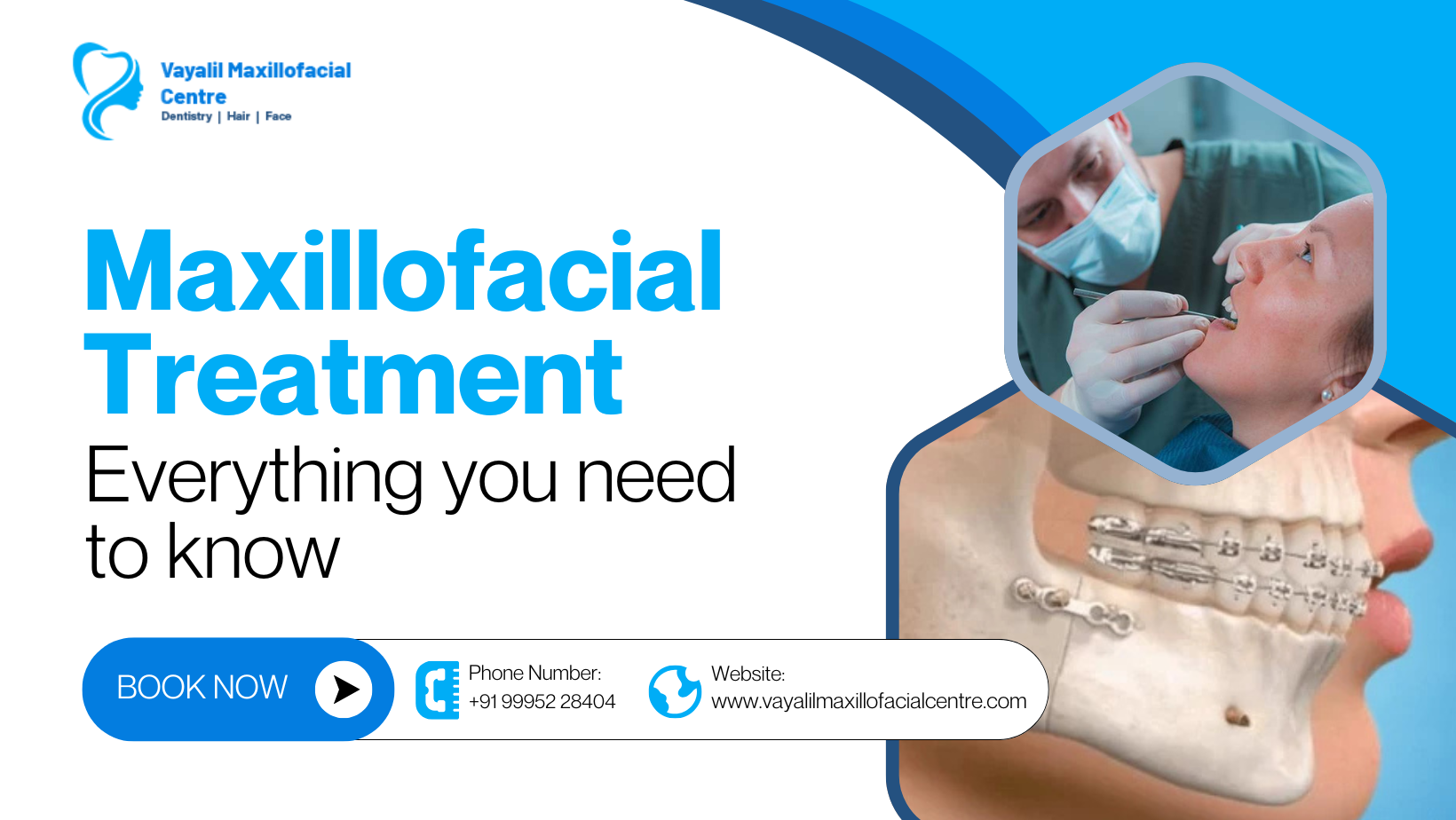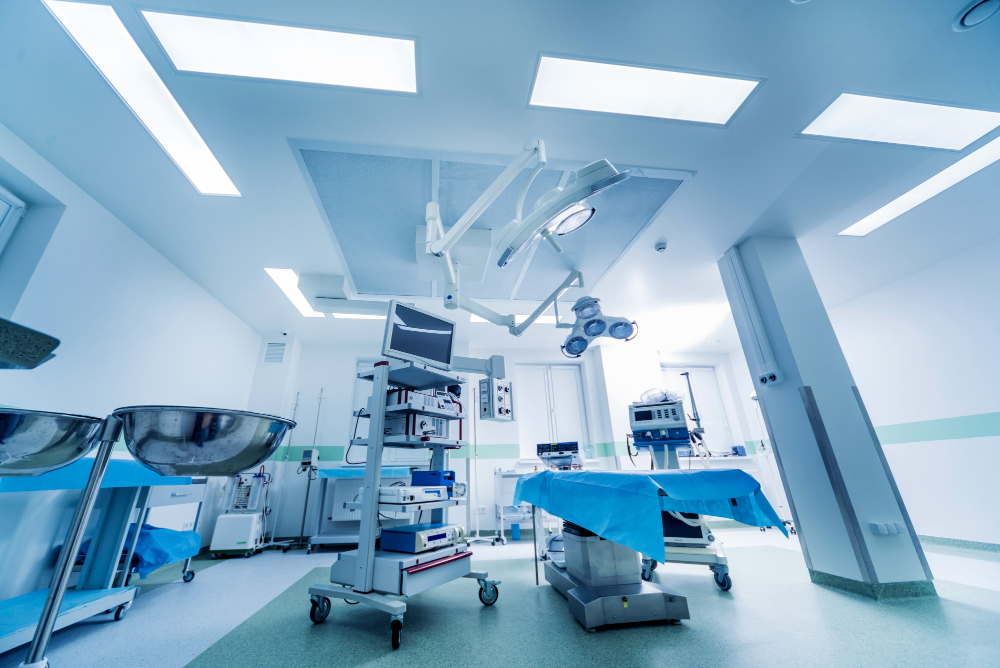Do you experience difficulty chewing, speaking, or breathing? Does your jaw pain interfere with daily life? If so, corrective jaw surgery (orthognathic surgery) might be the solution you need.
This specialized procedure corrects irregularities in the jawbone, improving both function and aesthetics. It is recommended when orthodontic treatments like braces alone cannot fully resolve jaw misalignment issues.
Who Needs Corrective Jaw Surgery?
Corrective jaw surgery is designed for individuals who struggle with:
1️⃣ Jaw Misalignment (Malocclusion)
Underbite – Lower jaw extends beyond the upper jaw, causing difficulty in chewing and speaking.
Overbite – Upper jaw protrudes too far forward, leading to bite issues and facial imbalance.
Open bite – A gap remains between the upper and lower teeth even when the mouth is closed, affecting speech and chewing.
Crossbite – Misalignment between the upper and lower jaws, which may cause uneven tooth wear and jaw strain.
2️⃣ Breathing Problems & Sleep Apnea
If you suffer from obstructive sleep apnea (OSA) or chronic snoring due to a small or receded jaw, corrective jaw surgery can help by enlarging the airway and improving oxygen flow, leading to better sleep and overall health.
3️⃣ Chronic Jaw Pain & TMJ Disorders
A misaligned jaw can cause temporomandibular joint (TMJ) dysfunction, leading to:
-
Persistent jaw pain
-
Clicking or locking of the jaw
-
Chronic headaches or migraines
-
Difficulty opening or closing the mouth
Corrective jaw surgery helps relieve pressure on the jaw joints, reducing pain and discomfort.
4️⃣ Facial Asymmetry & Birth Defects
If your jaw is uneven, receded, or protruding, it can affect both function and facial balance. Some people are born with congenital jaw defects, such as cleft palate, which may require surgical correction to enhance both function and appearance.
5️⃣ Difficulty Chewing or Speaking
An improper bite can make chewing inefficient and may contribute to speech difficulties. If you have trouble forming certain sounds or experience discomfort while eating, jaw surgery can help restore proper alignment and function.
6️⃣ Jaw Deformities from Trauma or Injury
Accidents or injuries can result in misaligned or fractured jawbones. Orthognathic surgery helps restore the natural structure and function of the jaw, ensuring long-term stability.
How Corrective Jaw Surgery Helps
Orthognathic surgery not only enhances oral function but also improves facial aesthetics. Here’s how:
-
Restores Proper Bite Alignment – Makes chewing and eating comfortable and efficient.
-
Enhances Speech Clarity – Corrects jaw misalignment that may be affecting speech.
-
Improves Facial Symmetry – Enhances overall appearance, boosting self-confidence.
-
Relieves TMJ Pain & Headaches – Eases pressure on the jaw joints, reducing discomfort.
-
Corrects Breathing Issues & Sleep Apnea – Expands the airway for better airflow and improved sleep.
The Corrective Jaw Surgery Process
Step 1: Consultation & Treatment Planning
Your journey begins with a detailed evaluation by an orthodontist and oral & maxillofacial surgeon. Using X-rays, 3D scans, and models, they will create a personalized treatment plan tailored to your needs.
Step 2: Pre-Surgical Orthodontic Treatment
In most cases, braces or aligners are used before surgery to align the teeth properly. This process may take several months to a year.
Step 3: The Surgical Procedure
Performed under general anesthesia in a hospital or surgical center.The surgeon makes incisions inside the mouth to reposition the upper jaw (maxilla), lower jaw (mandible), or both.The bones are secured with plates, screws, or wires for stability.The procedure typically takes 2–4 hours, depending on the complexity.
Step 4: Recovery & Healing
Initial swelling & discomfort subside within a few weeks.A soft or liquid diet is recommended during the healing period.Full recovery takes about 6–12 weeks, with follow-up visits to monitor progress.
Is Corrective Jaw Surgery Right for You?
If you experience jaw misalignment, pain, or functional difficulties, consult a specialist to determine if corrective jaw surgery is the right solution for you. This life-changing procedure not only enhances oral function but also improves overall well-being, helping you regain confidence and comfort in daily life.
Take the First Step Towards a Healthier Jaw!
If you"re experiencing jaw misalignment, chronic pain, or breathing difficulties, corrective jaw surgery may be the solution you need. At Vayalil Maxillofacial Centre, our expert team specializes in advanced orthognathic surgery to restore function, aesthetics, and overall well-being.
- Book a Consultation Today!

